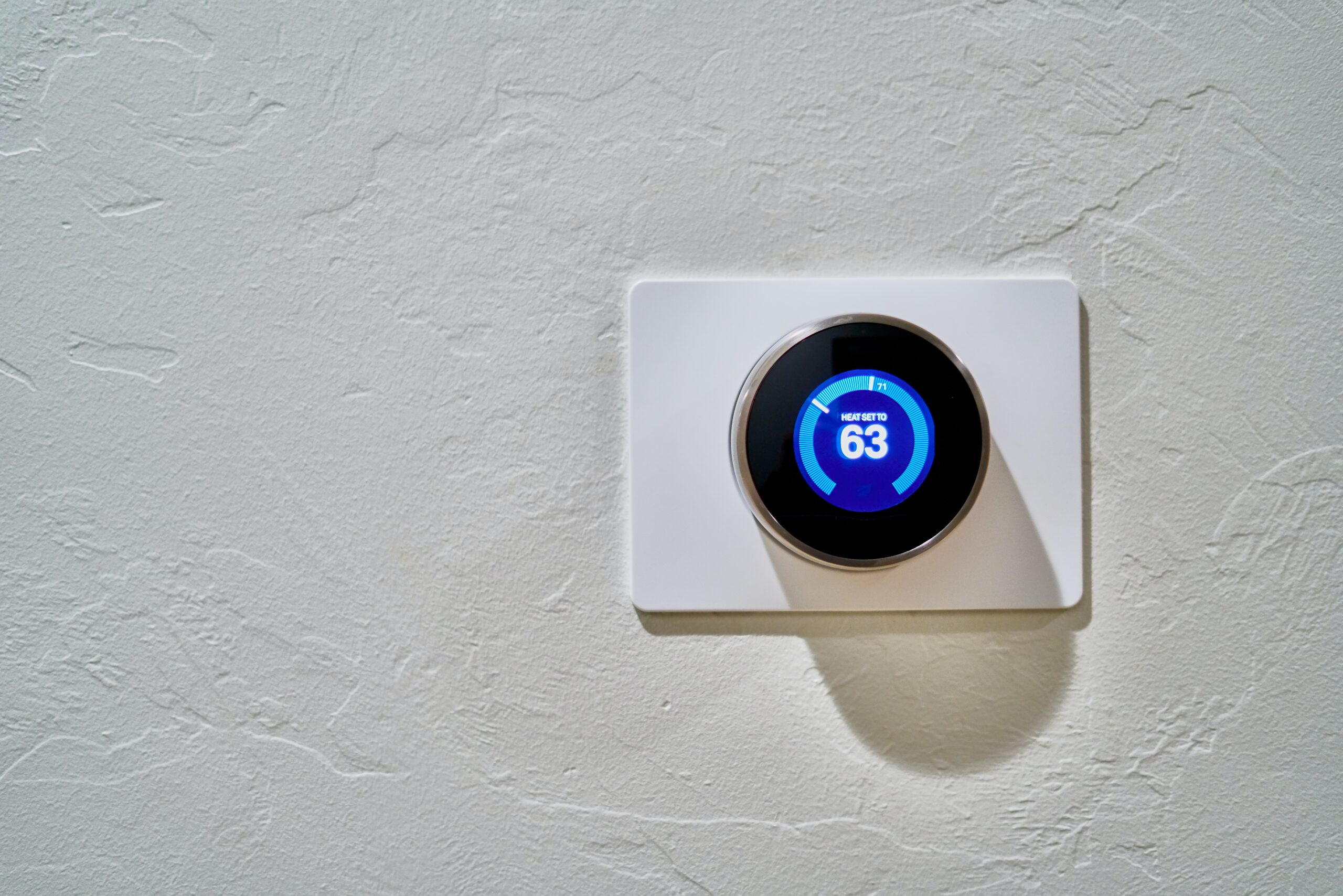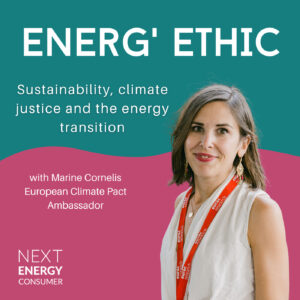Please respond within 2 hours 😅
In a groundbreaking study spanning the years 2013 to 2021 and encompassing all 51 states of the United States, researchers Diogo Santos Pereira and António Cardoso Marques have delved into a critical question: Can dynamic tariffs enable to overcome energy poverty? As we delve into their findings, it becomes evident that of course, the devil lies in the details.
By 2020, smart meters had proliferated, gracing 88% of residential installations across the US. With more than 133 million residential customers in the United States, the potential impact of dynamic tariffs on demand-side flexibility and the decarbonization of electricity grids is nothing short of profound.
Yet, energy poverty remains an enduring challenge. A staggering 27% of U.S. households found themselves unable to afford their energy bills, and 10% had received disconnection notices from their energy providers.
So, what insights did Pereira and Marques unearth?
1. **Underutilisation of Dynamic Tariffs**: Despite the promise of dynamic tariffs, a mere 9.5 million U.S. customers actively engaged with dynamic programs in 2021. This figure, relative to the population, is dishearteningly small.
2. **Divergent Impacts**: Not all dynamic tariffs are created equal. Certain tariffs appeared to exacerbate energy poverty. The more ‘static’ or predictable tariffs such as the Time-of-use (#ToU) tariffs emerged as preferable options, whereas Real Time pricing (#RTP) seemed to heighten the energy stress experienced by households already grappling with poverty.
What are the implications?
1. **Educating the Consumer**: The linchpin of success with dynamic tariffs lies in consumer education. These programs prove most effective when consumers are given ample time to comprehend their workings.
2. **No One-Size-Fits-All Solution**: A stark reality arises—there’s no universal solution. The diversity of lifestyles and contexts in a vast country like the United States dictates that choices cannot be uniform.
3. **Consumer Protection and Empowerment**: Though not explicitly addressed in the study, the question of who can genuinely safeguard consumer rights and empowerment, especially among vulnerable groups with limited recourse, looms large. This includes the right to justice and redress, a topic close to my heart and one I’ve often discussed.
The study underscores a persistent chasm between theory and practice in harnessing the energy transition as a tool against social inequalities and for energy justice. Citizen involvement, along with the support of trusted third parties like ombudsmen, holds the potential to bridge the gap between equality and true fairness. The journey towards a more equitable energy landscape is ongoing, and studies like this serve as critical signposts along the way.
Read the study: https://www.sciencedirect.com/science/article/pii/S0360544223022429?via%3Dihub#bib25



